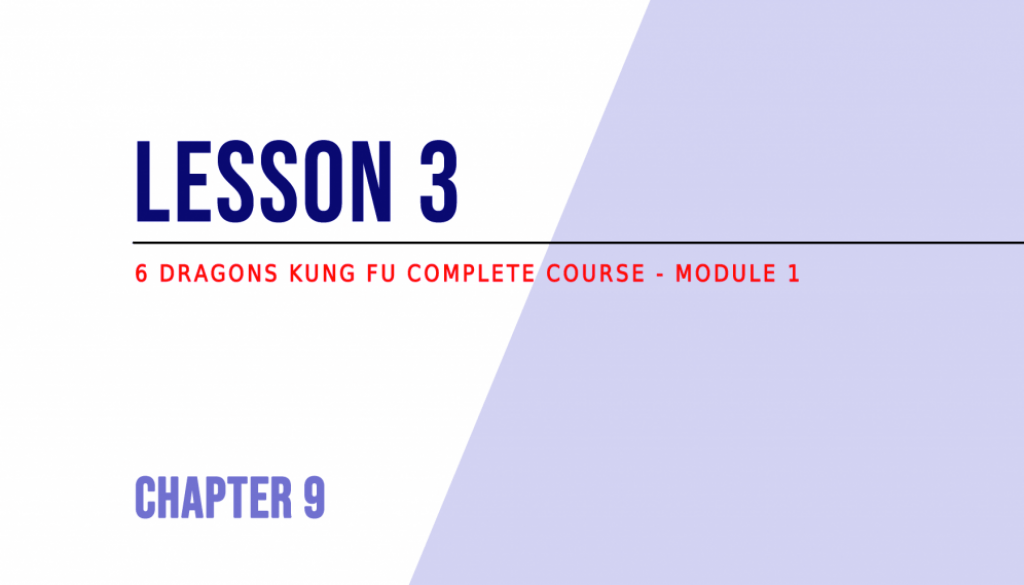Lesson 3 – Kung Fu rooting
Without balance, there is no Kung Fu
A note by Master Kongling – This is only an introduction to the notions related to rooting, in the next chapters of this course we will deepen the topic (also through concepts and principles from Tai Chi and other styles, that for now, are too complicated).
In Kung Fu terms, when we talk about “rooting” (read Kung Fu rooting: the pyramid concept), we refer to the combat capability to remain stable and active in the (static or mobile) stance we are adopting.
No matter what your opponents try to do to move / unbalance you, your objective is to:
- Try to do not lose your center of gravity
- Try to do not lose the capability to attack / defend
Without a good rooting skill:
- You cannot fully apply any combat technique (read for example Chin Na)
- You cannot effectively use the body states variation (read 6DKF’s interactions: from the strong blow to the light touch)
- You cannot release all the power of any striking technique (read for example How to punch (simple explanation))
- You risk being under the control of the passive / active elements of the fighting scenario
- …
Dynamic and static equilibrium
In 6 Dragons Kung Fu we recognize 2 types of balance:
- Static equilibrium – It is the capability to maintain your balance in a static position (eg. while executing a Chin Na technique); it works principally (but not only) with the resistance of the internal elements of the body; to start to improve it you have to increase your standing stamina focusing your practice on the basic stances (read Lesson 9.2)
- Dynamic equilibrium – It is the capability to manage your balance in movement (eg. throwing a kick, read How to kick (simple explanation)); it is obtained principally (but not only) with the disposition of the body elements; to train it you have to focus on the basic technical exercises of our style (read Lesson 6.6)
A note by Master Kongling – To be a good practitioner, you must master both. It should also be said that excellence in static equilibrium favors the development of the dynamic one (but not vice versa).
In both cases, you have to work on:
- Spatial intelligence – The spatial arrangement of our center of gravity (read The most important skill in combat)
- The states change – The adaptation of the body elements to the right level of tension / relaxation (read 6DKF’s interactions: from the strong blow to the light touch)
In-depth articles
- How to improve balance: tricks and exercises – A few ideas and methods to work on your equilibrium
- 3 exercises to develop the dynamic equilibrium – 3 simple practices to improve the dynamic balance
Questions
Reply in the comments and share your experience:
- What is the most important type of balance?
<< Lesson 9.2 – Index – Lesson 9.4 >>
Author: Master Kongling
Founder of 6 Dragons Kung Fu.How to master 6 Dragons Kung Fu?
Are you searching for:
- Daily training exercises?
- Synthetic theory and concepts?
- A step by step path from white to black belt?
- A path (clear, consequential and gradual) designed to build real martial skills?
- A direct contact with Master Kongling?
Go to our Patreon page and choose a training plan: starting from the Practitioner level, you will gain access to all this and much more.
Inside each Premium Lesson, you will receive the same teaching (practices, tips, concepts, small secrets and corrections) reserved to the live students of Master Kongling.
Important - Once a certain number of registrations are reached, no other participants can be accepted. For more information write to: [email protected].










September 14, 2020 @ 12:25 pm
Like
October 24, 2020 @ 6:31 am
😉